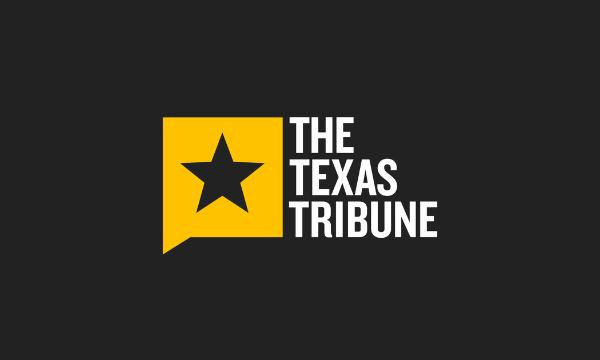One of my biggest fears, one that I have personal experience with, is going into the woods, getting into trouble, and not being able to communicate with the outside world. Don't get me wrong, I go into the woods so I don't have to communicate with the outside world. It's a nice reprieve for my headspace.
But getting into trouble, either breaking a bone, falling off a dirt bike, popping a tire, or exploding a snowmobile, takes all the fun out of having zero reception. That's why I carry my Garmin inReach whenever I leave the house for some far-flung adventure in the woods.
Yet, while Garmin's had a stranglehold on the backcountry communications industry for years, more and more upstarts and big players are entering the satellite communications game. You've got folks like Zoleo and Spot, as well as Apple launching its own satellite communications through its newer iPhones. And now, Garmin has another competitor thanks to the new joint venture of T-Mobile and Elon Musk's Starlink satellite company.
The woods are about to have service and I'm not sure how I feel about it.
The partnership, called T-Mobile Starlink, will start with a public Beta test, as in you can opt into the test to play around and essentially debug the system before it widely goes live. When that day arrives, however, T-Mobile, Verizon, and AT&T customers will all have access to the new system, meaning it won't strictly be for T-Mobile customers.
According to T-Mobile, the new system will cover "more than 500,000 square miles" of country that previously didn't have any cell service, i.e. the woods, national parks, forest service land, and Bureau of Land Management acreage. All the places we as powersports lovers love to go.
"T-Mobile Starlink is the first and only space-based mobile network in the US that automatically connects to your phone so you can be connected even where no cellular network reaches," says Mike Sievert, T-Mobile's President and CEO, adding, "It’s a massive technical achievement and an absolute game changer for ALL wireless users. We’re still in the early days — I don’t want to overhype the experience during a beta test — but we’re officially putting ‘no bars’ on notice. Dead zones, your days are numbered at the Un-carrier.”
And yes, T-Mobile Starlink will automatically connect to the nearest satellite when service is no longer available, which is different than Apple's service where you have to manually connect to one, or switch on your Garmin or Zoleo. So long as you have you phone in your pocket and it's on, it'll do it for you, meaning no drop in service once service is dropped. Likewise, T-Mobile Starlink will broadcast Wireless Emergency Alerts nationwide to every compatible device, no matter the service or reception, i.e. during disasters like hurricanes or wildfires.
T-Mobile says that the beta will be free from now until July, which at that point will begin to be including at no extra cost to those on the company's Go5G Next plan, Go5G Business Next, and first responder T-Priority plans. All customers, however, will then be able to add the service for an extre $15 a month per line. And, to be honest, none of that sounds all that bad. So long as it works.
Where I see an issue, however, is with the hardware.

So I'm hard on device and gear. I often joke I'm an engineer's edge-case scenario, i.e. the type of person that'd use their knife as a crowbar or my phone as a hammer. I don't—at least not lately—but it's illustrative of the fact I want my gear to be about as tough as can possibly be. And through all my years exploring the woods, driving UTVs and ATVs, riding dirt bikes, motorcycles, and snowmobiles, and out hiking around looking for big game, well, I've broken my fair share of phones. In fact, I just replaced my iPhone two weeks ago because I broke the back case.
What I mean by this little sidequest is that T-Mobile Starlink still relies on a person's phone and, at present, phones aren't designed to take a hit and keep working. They're designed to shatter, break, and be replaced because that's the world we live in. Conspicuous consumption, FTW! For me, though, I still think something like a Garmin inReach is the way to go if you're banking your continued health and safety on a communication device. I'll have my phone, sure, but again, phones break.
And after running my new inReach over with my truck, ATV, and Can-Am Maverick, along with throwing it into the mud, dirt, and a alpine stream, as well as falling down a few hills, I know my Garmin inReach will work.







